Frederic Amblard
IRIT-SMAC
An ensemble Multi-Agent System for non-linear classification
Sep 14, 2022
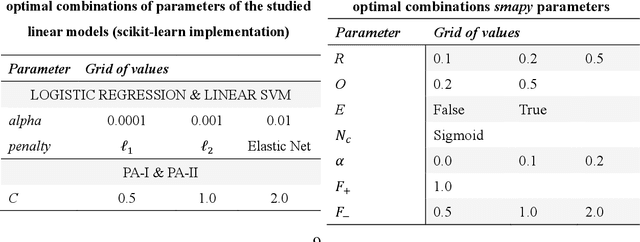
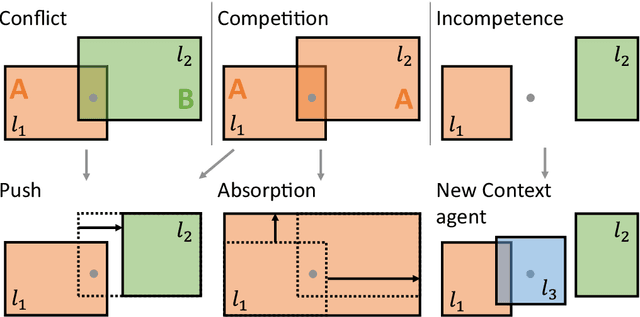
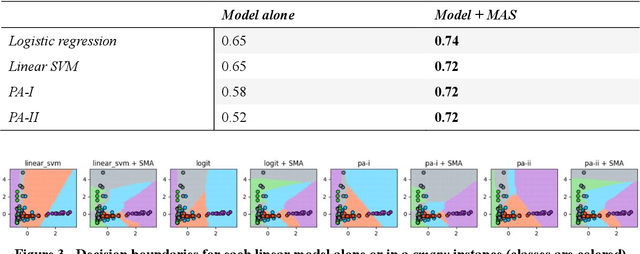
Abstract:Self-Adaptive Multi-Agent Systems (AMAS) transform machine learning problems into problems of local cooperation between agents. We present smapy, an ensemble based AMAS implementation for mobility prediction, whose agents are provided with machine learning models in addition to their cooperation rules. With a detailed methodology, we show that it is possible to use linear models for nonlinear classification on a benchmark transport mode detection dataset, if they are integrated in a cooperative multi-agent structure. The results obtained show a significant improvement of the performance of linear models in non-linear contexts thanks to the multi-agent approach.
Time-Varying Graphs and Social Network Analysis: Temporal Indicators and Metrics
Feb 03, 2011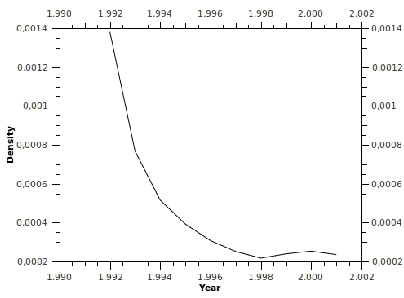
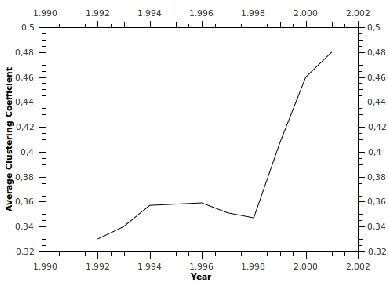
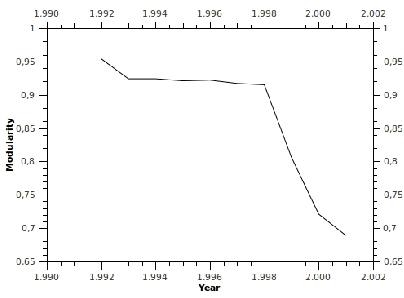
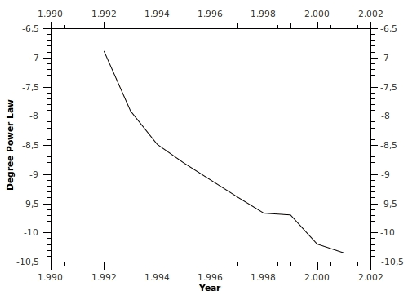
Abstract:Most instruments - formalisms, concepts, and metrics - for social networks analysis fail to capture their dynamics. Typical systems exhibit different scales of dynamics, ranging from the fine-grain dynamics of interactions (which recently led researchers to consider temporal versions of distance, connectivity, and related indicators), to the evolution of network properties over longer periods of time. This paper proposes a general approach to study that evolution for both atemporal and temporal indicators, based respectively on sequences of static graphs and sequences of time-varying graphs that cover successive time-windows. All the concepts and indicators, some of which are new, are expressed using a time-varying graph formalism.
Emergence through Selection: The Evolution of a Scientific Challenge
Feb 01, 2011
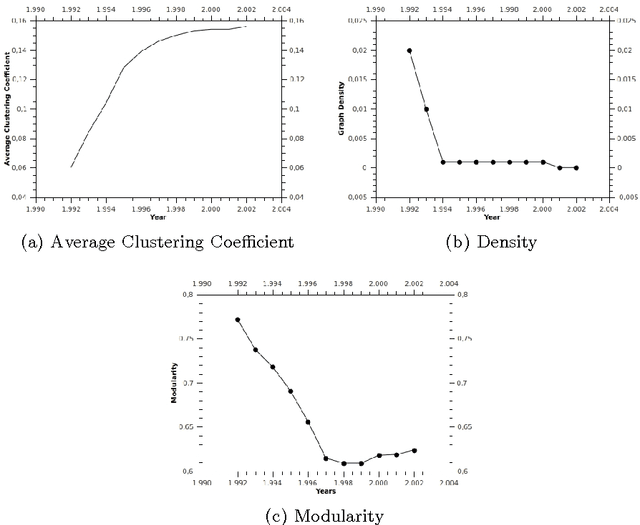
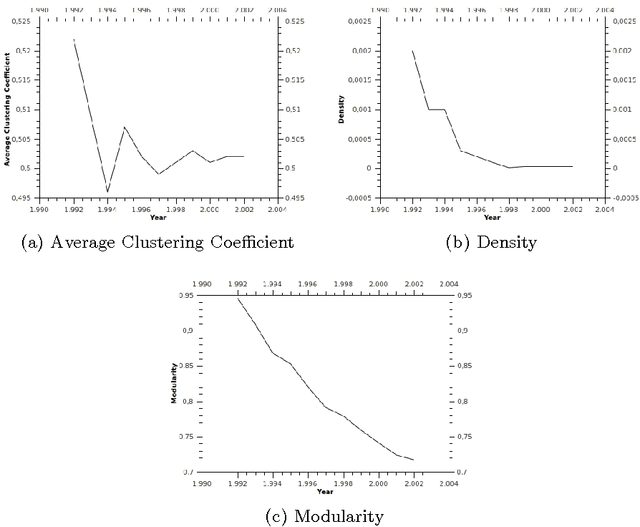
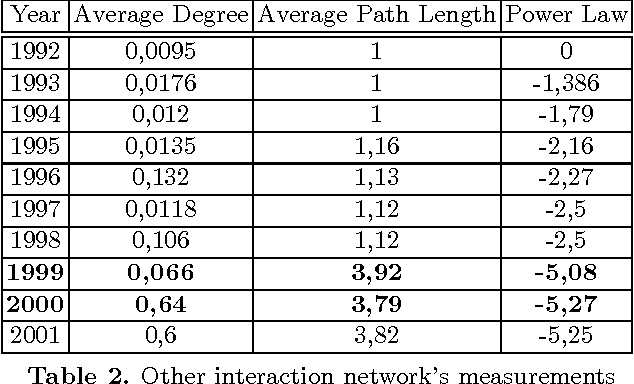
Abstract:One of the most interesting scientific challenges nowadays deals with the analysis and the understanding of complex networks' dynamics and how their processes lead to emergence according to the interactions among their components. In this paper we approach the definition of new methodologies for the visualization and the exploration of the dynamics at play in real dynamic social networks. We present a recently introduced formalism called TVG (for time-varying graphs), which was initially developed to model and analyze highly-dynamic and infrastructure-less communication networks such as mobile ad-hoc networks, wireless sensor networks, or vehicular networks. We discuss its applicability to complex networks in general, and social networks in particular, by showing how it enables the specification and analysis of complex dynamic phenomena in terms of temporal interactions, and allows to easily switch the perspective between local and global dynamics. As an example, we chose the case of scientific communities by analyzing portion of the ArXiv repository (ten years of publications in physics) focusing on the social determinants (e.g. goals and potential interactions among individuals) behind the emergence and the resilience of scientific communities. We consider that scientific communities are at the same time communities of practice (through co-authorship) and that they exist also as representations in the scientists' mind, since references to other scientists' works is not merely an objective link to a relevant work, but it reveals social objects that one manipulates, select and refers to. In the paper we show the emergence/selection of a community as a goal-driven preferential attachment toward a set of authors among which there are some key scientists (Nobel prizes).
 Add to Chrome
Add to Chrome Add to Firefox
Add to Firefox Add to Edge
Add to Edge